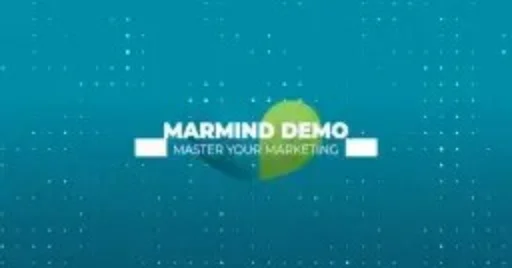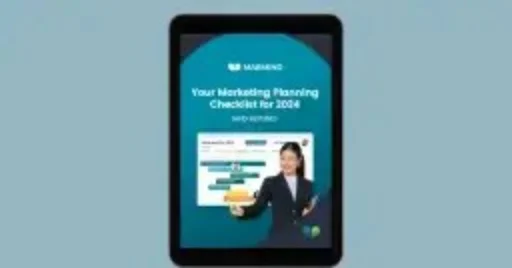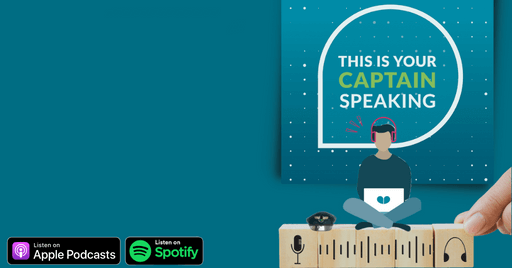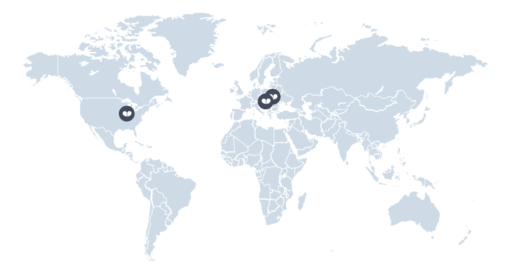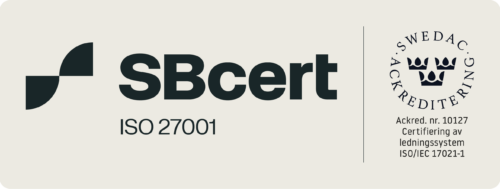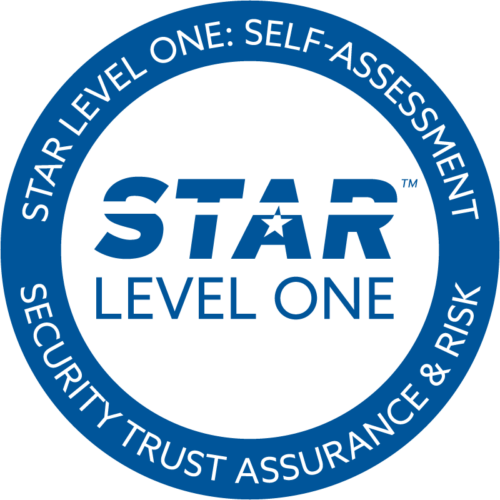The Ultimate Guide To Marketing Assets Management
Are you a business owner or marketing professional with a lot of marketing content to manage?
Are you looking for new types of content you could create to promote your company?
Discover the ins and outs of marketing assets management in our comprehensive guide.
Learn how to effectively organize, utilize, and maximize the potential of your marketing assets to supercharge your marketing efforts.
Let’s get right into it.
What are marketing assets?
Marketing assets are essential tools used by businesses to promote their products or services and connect with their target audience. These assets can come in various forms, such as white papers, marketing materials, digital assets, blog posts, social media posts, and more. They are designed to support a company’s marketing efforts and help achieve its marketing goals.
In this article, we talk about 2 types of assets – internal and external.
Internal marketing assets
Internal marketing assets are various resources and materials that are developed by a company for internal use. Their purpose is to educate and empower employees to effectively communicate and sell the company’s products or initiatives. These assets serve as useful tools in keeping all employees aligned with the company’s marketing strategy and messaging.
#1 Employee training manuals
These guides and white papers provide comprehensive information about products, services, and marketing strategies. They help employees become well-versed advocates.
#2 Sales playbooks
Sales teams rely on playbooks that contain sales strategies, competitive insights, and messaging frameworks to engage with customers effectively.
#3 Internal newsletters
Regular updates and insights via internal newsletters keep employees informed about marketing campaigns, company news, and industry trends.
#4 Brand guidelines
Detailed brand guidelines ensure consistent use of logos, colors, and messaging across all internal communications.
#5 Product knowledge base
A centralized repository of product information helps employees answer customer questions confidently.
#6 Training videos
Video content simplifies complex marketing concepts, making it easier for employees to absorb crucial information.
#7 Marketing Presentations
Ready-made marketing presentations let employees convey company messages consistently and professionally.
#8 Internal communication tools
Tools like messaging platforms or intranets facilitate real-time sharing of marketing updates and materials among employees.
#9 Employee recognition programs
Encouraging employees to actively participate in marketing initiatives through recognition programs boosts engagement and motivation.

#10 Sales and marketing collateral
Access to brochures, flyers, and promotional materials equips employees for in-person interactions and events.
External marketing assets
External marketing assets refer to all the resources and materials that are created and used by businesses to reach potential customers outside of their organization. These assets play a vital role in grabbing the attention and interest of prospective clients. Ultimately, their goal is to drive sales and revenue growth.
#1 Website
A company’s website is a fundamental external asset, serving as the digital storefront where customers can learn about products, services, and brand values.
#2 Social media profiles
Platforms like Facebook, Twitter, and Instagram enable businesses to engage with their audience, share visual content, and build brand awareness.
#3 Content marketing
Digital assets like blog posts, articles, videos, and infographics provide great information and establish a company as an industry authority.
#4 Email marketing
Email campaigns deliver targeted content, promotions, and updates directly to subscribers’ inboxes.
#5 Online advertising
Paid search ads, display ads, and social media ads increase a company’s online visibility and drive traffic to the website.
#6 SEO strategies
Search engine optimization techniques enhance a website’s organic visibility in search engine results pages.
#7 Landing pages
Customized landing pages capture leads and encourage visitors to take specific actions, such as signing up for newsletters or making a purchase.
#8 Webinars and podcasts
Webinars and podcasts provide platforms for sharing expertise, connecting with audiences, and showcasing products or services.
#9 Press Releases
Official announcements and news releases generate media coverage and attract attention from journalists and potential customers.
#10 Marketing collateral
Brochures, flyers, business cards, and promotional materials are tangible assets used in face-to-face interactions and events.
Why is marketing asset management important?
Marketing asset management streamlines branding, saves time, and boosts ROI by organizing and optimizing marketing resources efficiently.
The benefits of marketing asset management
Effective marketing asset management can streamline your marketing efforts and bring significant advantages to your business.
Let’s explore some of the key benefits of implementing a robust marketing asset management system.
👍 Improved efficiency and consistency
With a marketing asset management system in place, your marketing team can easily access and use approved marketing materials. This helps with consistency in branding and messaging across all channels. It also saves time and reduces the risk of errors.
👍 Time and cost savings
Efficiently managing marketing assets means less time wasted searching for files and resources. What’s more, you can reduce the need to recreate assets from scratch. This translates into cost savings and allows your team to focus on more strategic tasks.
👍 Enhanced collaboration
Collaboration is crucial in marketing. A good asset management system enables team members to work together seamlessly, whether they’re in the same office or scattered across the globe. It fosters collaboration by providing a centralized hub for all marketing assets. Pretty convenient, isn’t it?
👍 Brand control and compliance
Maintaining brand consistency and compliance with legal and regulatory requirements is key. Marketing asset management helps you control how your brand is presented and ensures that all materials meet legal standards. This way you minimize the risk of costly mistakes.
When you invest in marketing asset management, your business can reap these benefits and gain a competitive edge in today’s dynamic marketing landscape.
Marketing assets every company should invest in
In the world of business and marketing, having the right assets can make a significant difference.
These assets are like tools in a handyman’s toolbox, helping companies reach their audience, build brand recognition, and drive sales.
Let’s take a look at some essential marketing assets that every company, big or small, should consider investing in:
✔️ Website: your online home
Your website is like your company’s online home. It’s where potential customers visit to learn about your products or services. Having a well-designed, user-friendly website is crucial for making a positive customer journey.
Useful tools: WordPress, Wix, Squarespace
✔️ Content: information that connects
Content is king in the digital world. Invest in creating valuable blog posts, articles, videos, and infographics that educate and engage your audience. Good and relevant content helps you build trust and authority in your industry.
Useful tools: WordPress, Grammarly, Canva
✔️ Social media channels: connect with your audience
Social media platforms like Facebook, Instagram, and Twitter provide opportunities to connect with your audience on a personal level. Regular posts and interactions can help you build a loyal following.
Useful tools: Hootsuite, Buffer, Kontentino
✔️ Email marketing: direct communication
Email marketing allows you to communicate directly with your customers. Take the time to build a quality email list and send out newsletters, promotions, and updates to keep your audience engaged.
Useful tools: Mailchimp, Constant Contact, Brevo
✔️ SEO: get found online
Search Engine Optimization (SEO) is essential for improving your website’s visibility on search engines like Google. Investing in SEO makes it easier for potential customers to find your website when searching for relevant keywords.
Useful tools: SurferSEO, Moz, Ahrefs
✔️ Paid advertising: instant visibility
Paid advertising, such as Google Ads or Facebook Ads, offers instant visibility. Allocate a budget for paid campaigns to reach a broader audience quickly.
Useful tools: Google Ads, Facebook Business Manager, LinkedIn Advertising
✔️ Visual Identity: memorable branding
Create a memorable visual identity, including a logo, color scheme, and design elements. Consistent branding helps your company stand out and be easily recognizable.
Useful tools: Adobe Creative Cloud, LogoMaker, ColorHexa
✔️ Customer reviews and testimonials: trust builders
Genuine customer reviews and testimonials serve as social proof. Encourage satisfied customers to leave reviews, and showcase them on your website to build trust with potential buyers. Don’t forget to provide excellent customer service.
Useful tools: Trustpilot, Yotpo, ReviewTrackers
✔️ Analytics tools: data-driven decisions
Add analytics tools to your tool stack. Examples include solutions like Google Analytics to track your website’s performance, user behavior, and key metrics. Data-driven decisions can help you optimize your marketing strategies.
Useful tools: Google Analytics, HubSpot Analytics, LiveSession
These marketing assets work together to create a strong online presence, boost customer retention, and drive business goals. Whether you’re a startup or an established company, allocating resources to these assets can yield significant returns on your investment.

When do you need a marketing asset management tool?
Once you create all of these pieces of content, it’s beneficial to have a tool you could use to manage it all.
A marketing asset management tool like MARMIND becomes essential when you need:
👉 Effective planning and real-time control over your marketing: MARMIND helps you combine plans, budgets, and results in one central cockpit. As a result, you stay on top of your marketing efforts in real-time.
👉 Seamless integrations & workflows: we make it possible to connect your favorite applications, so that your end-to-end marketing processes are streamlined and efficient.
👉 Efficient campaign planning: MARMIND goes beyond campaign planning by letting you manage budgets, to-do lists, approvals, and the entire marketing cycle.
👉 Simplified data analysis: we simplify the analysis of campaigns, so that you get to save precious time and collect all figures and KPIs in one place.
👉 Streamlined project completion: MARMIND will help your marketing department complete projects faster.
👉 Meeting marketing challenges: the solution addresses the challenges that marketing departments face daily, making marketing resource management more efficient.
👉 Understanding Enterprise Marketing: MARMIND understands how enterprise marketing works and offers solutions tailored to meet those needs.
Overall, MARMIND assists in managing marketing assets effectively, streamlining workflows, and optimizing marketing strategies.
Our tool is a trusted choice for marketing asset management, recognized for its comprehensive features and benefits in the industry.
Book a demo today.
Final thoughts
So there you have it.
Everything you need to know about successful marketing asset management in one place.
Inspired by our examples, you’re now ready to take your digital marketing assets to a whole new level.
Whether your focus will be on internal, external, or both types of marketing assets at the same time, remember about the proper management of them.
Good luck!


